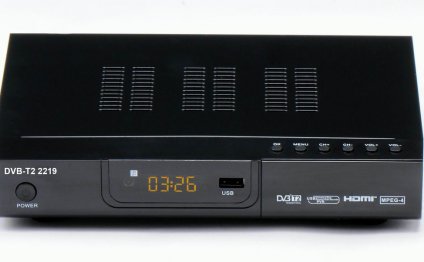
Digital antenna vs Analog antenna
The major switch to digital-only broadcasts is just about to happen, but do you really understand the difference between digital and analog? Michael Miller stocks the basics for the differences when considering analog and digital television.
The smallest amount of You Must Know...
- Current tv broadcasts make use of analog technology, which is vulnerable to fading, snowfall, and spirits.
- Digital television reproduces crystal-clear picture and noise without fading or interference.
- Digital technology also allows TV programs to broadcast several networks with different programming.
- Sadly, older analog TVs can’t enjoy digital transmissions.
What’s so unique about electronic television? Why is the entire tv broadcasting business going to digital?
The DTV change is occurring because electronic is much better television—better looking, much better sounding, with even more stations of programming. If you’ve maybe not however experienced DTV, you are set for a huge shock!
Before you value DTV, you need to know how existing analog tv works. As you’ll view, it's an imperfect system—albeit one that’s worked sufficiently for near half a century.
Analog television transmits programming in a continuous signal. This sign varies in amplitude, depending on the information included in the photo. It’s particular how songs ended up being transcribed onto plastic documents; the tv screen signal goes up and down according to what’s becoming broadcast.
This analog signal is sent on a specific radio-frequency, from television station’s sending antenna across environment to the getting antenna attached to your television set. Each tv section is assigned a certain regularity that corresponds to its channel number. Whenever you tune your television to a given station, you are actually choosing to obtain transmissions thereon certain frequency.
Unfortuitously, this analog signal is definately not ideal. It might never precisely reproduce the first development. It could quickly decline over-long distances. And it will also endure disturbance off their sources, creating ghost photos, fixed, and “snow.”
The result is the fact that analog transmissions usually create a lower-quality photo versus original. The image is not quite as razor-sharp, the background is sometimes grainy, while the sound is suffering from sound and a low frequency response.
But then you know all this—especially if you’ve ever tried to pull-in a distant section from a television attached with an antenna. The farther you are through the place, the even worse the image. While the results are equally bad if you're in a huge city with plenty of structures that bounce the sign around. Ghosts and snowfall tend to be prevalent.
RELATED VIDEO



Share this Post
Related posts
Omni antenna vs. directional antenna
Whenever choosing the proper antenna for the mobile phone sign boosting needs, it is vital to comprehend the two main types…
Read MoreDigital antenna Positioning
The GPS150 DualNav™ positioning sensor combines a brilliant precise 50 channel GPS with GLONASS, the Russian funded satellite…
Read More










